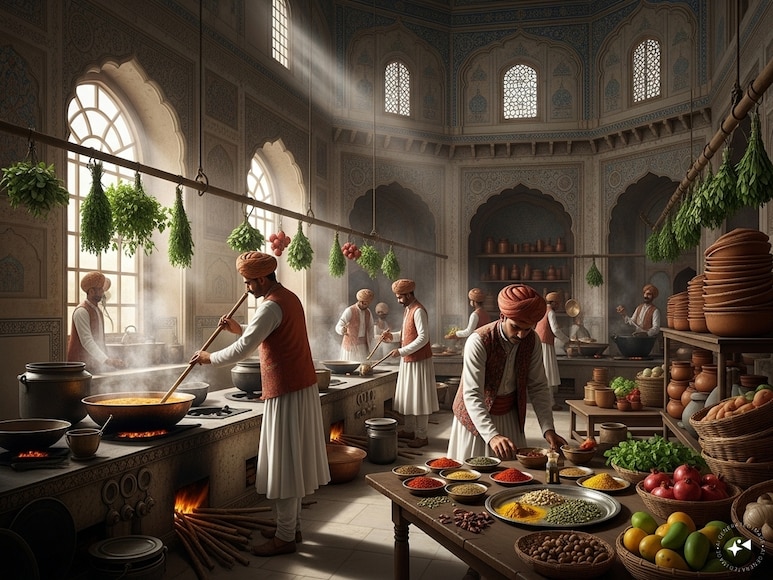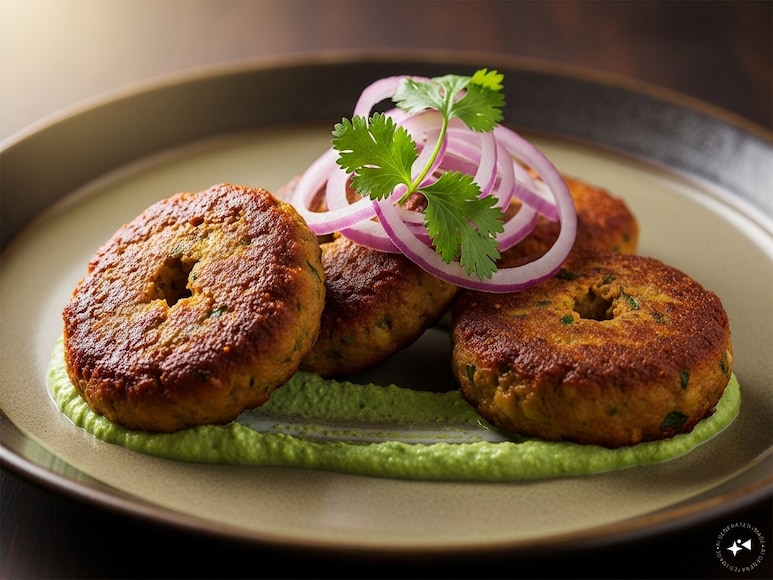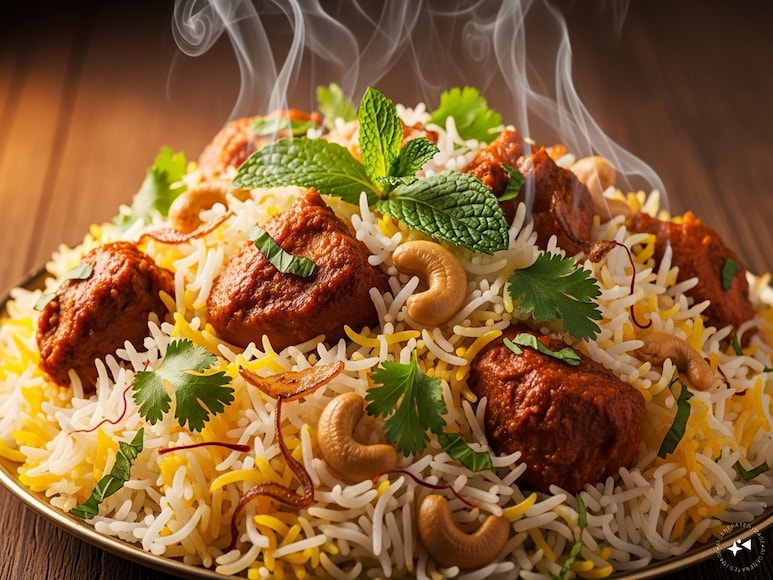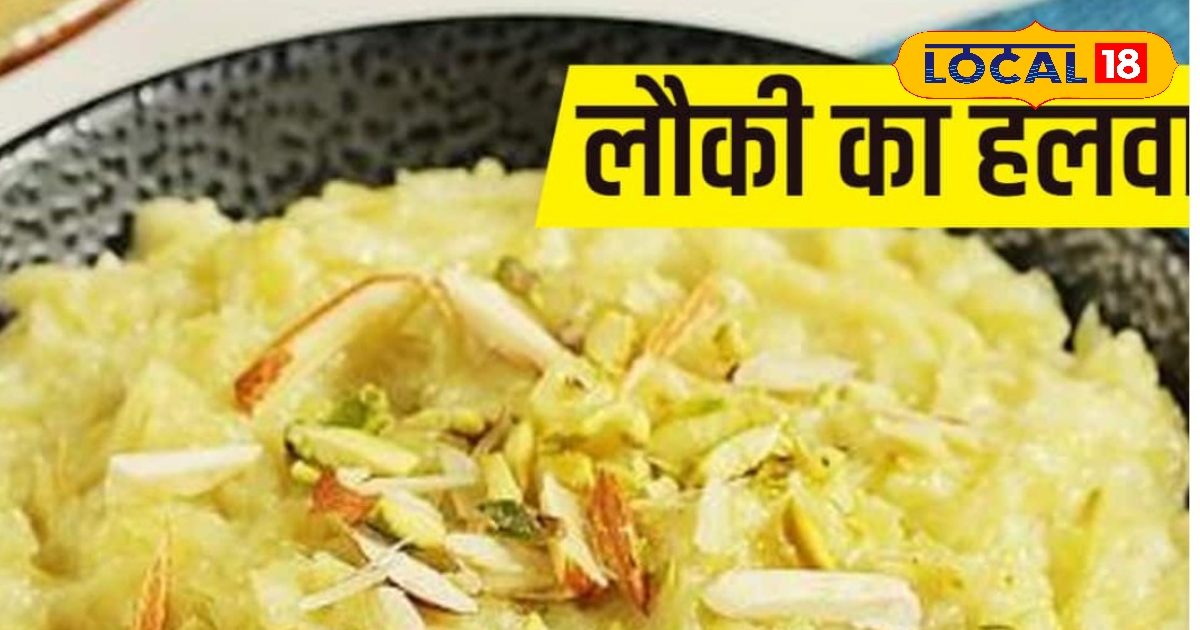First of all, let’s talk about Nawab Wajid Ali Shah’s relationship with the royal kitchen and song-music. For him, the place was like artistic practice, in which music, raga, perfume, prayer and food flavors used to mix together. He believed that “hunger is also a tone, and food is his melody.”
This was the biggest example of considering the “kitchen a means of juice” in the culture of Awadh.

Thumri in Raga Yemen with ‘Kofta e Nargissi’
When “Kofta-e-Nargissi” was cooked, a thumri was often sung in the raga Yemen, “Nain Milay Ke, Prem Batay Ke…” Banchi believed that it keeps moisture in the hands and rhythm in the mind. The stories of the kitchen of the Nawab of Awadh are famous all over the country. Even when the British took him to Kolkata, he took all the courtiers, Jananakhana and the royal kitchen with him.
Story of ‘Bewafa Kebab’
So what do you feel with this name. How would it have been unfaithful kebabs and how it would have been made. There is also an anecdote. Nawab Wajid Ali Shah said to the chief conscience, “Make a kebab that disappears as soon as he comes on the tongue – like a Mehboob’s infidelity!”

And then the same kebab which was called, “Bewafa Kebab” or “Galaoti Kebab” (Galaoti means that which dissolves in “cheeks”). This is the Kawab which many famous kebabs of Lucknow make brands and feed the world.
Bin onion garlic biryani
The story of Wajid Ali Shah and without onion-garlic biryani is a unique, interesting and slightly mysterious anecdote in the world of Awadhi and Lucknowi food. This can be called a beautiful confluence of kitchen challenge, Nawabi Zayke and religious-cultural sensitivity.

The Nawab called his most trusted Khas Bachchi ‘Mohammad Mahfuz Ali’ and said, “Even if you can create such a flaw without onion and garlic that people are forced to lick fingers – then understand your wonder!”
Mahfuz Ali prepared a unique mixture of spices. Nutmeg, Javitri, Kevda, Rose water, cardamom, cinnamon, balanced combination of cloves. Yogurt was used for “body”. Tejpatta, green coriander and mint. Clean ghee and low heat-ie ‘powerful’ technology. The most important thing was “Marinet to be marinated with yogurt and papaya juice”, which made it very soft and tasteful without onion-garlic.
“This is a prayer… God is mentioned on the pretext of eating!” Nawab named it, “Neer Onion, Neer Lasun Biryani” means “biryani devoid of onion-garlic”
When the sweetness in Sivaiyan came from new Panayog
Wajid Ali Shah liked sweet Sivahayan, but one day he said to his special cook, “Try to be so late that even without sugar.”
Chefy roasted dry sivas in ghee and put poppy seeds, dry fruits, rose water, kevda, and cardamom in them. Then there was no milk, but mawa (khoya) was added to it. Cook on low heat. So this food was of course not sweet from sugar but came as a new sweet experiment, it was called Kimami Sivaiyan. It is made like Prasad on Muharram and Eid.
‘Dum ki biryani’ without fire
Once the Nawab jokingly said, “Make a biryani that will eat himself, we do not even touch the stove.” In response, it was also made. Chefan used the ashes of the oven, in which Biryani’s “Handi” was pressed between hot stones.
The stove was not the heat of the stove, but the inner steam and heat continued to die. A biryani named “Dum-e-Lakhanvi” was cooked without direct heat. There was such a softness and fragrant style in its taste that Nawab himself was shocked.
Source:
Pushpesh Pant – Gourmet Journeys Through India
SADAF Hussain-Dastarkhwan-e-Awadh
Articles of Pak historians, especially on Metiabruz’s kitchen
Kitchen -based documentees: “Raja Rasoi Aur Anya Kahaniyaan”
Abdul Haleem Sharr – Guzishta Lucknow
Dr. Salma Hussain – Solyly for the Soul: Nawabi Cuisine and Culture
Raja rasoi aur anya kahaniyaan (EPIC TV)
Lucknow University Archives on Sanjay Suryavanshi’s Awadh



